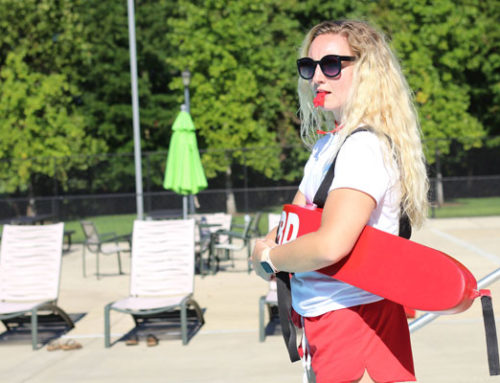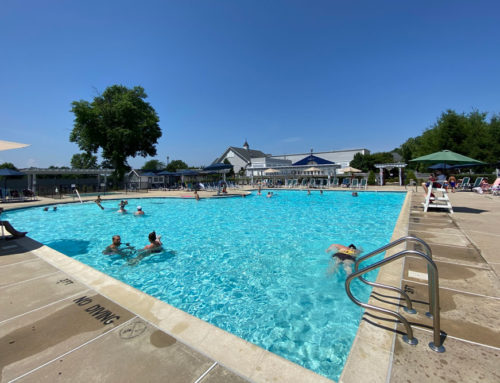In July of 2012, a law was passed in Maryland’s Anne Arundel county, requiring all public and semi-public pools to have automated external defibrillators (AEDs) on-site. Later that month, lifeguards pulled an 8-year-old boy from the pool and administered CPR, using the AED to assist in diagnosing the boy’s condition. The lifesaving device determined that the young boy didn’t require a shock. Lifeguards were able to revive the young victim using only CPR. Commercial pool management is well-aware of the many safety precautions needed to protect guests.
The presence of an AED on-hand is not only a lifesaving tool, it’s also an important assistant to lifeguards and backup if a victim’s condition should worsen.
Understanding AEDs
The National Heart, Lung and Blood Institute states that AEDs are easy-to-use portable devices. The unit has sticky pads with electrodes that are attached to the victim’s chest. These electrodes measure and analyze the person’s heart rhythm and determine whether or not he or she requires an electric shock. If so, the system will prompt the user on when to trigger the shock and deliver it. If not, the device will also let the user know.
Using AEDs
The NHLBI stated that people are sometimes hesitant to use AEDs and may refrain from doing so because they’re untrained and are fearful of using it incorrectly. However, it is also noted that there are Good Samaritan Laws in every state and the Federal Cardiac Arrest Survival Act, which can protect untrained users who act in emergency situations.
Having AEDs
If you’re thinking about having an AED at your commercial pool, make sure that staff are trained to use the device. The training not only prepares individuals to physically use the device, but also mentally prepare themselves to do so. AEDs are not simply designed to administer shocks to revive a victim, they are also made to assist emergency responders by determining whether or not the person requires a shock and will inform responders of the analysis.
Additionally, the units also assist responders with CPR procedures, using voice commands to let them know if their compressions are being administered hard enough and at the right rate with the metronome. The device will also prompt responders to start or continue CPR, keeping the rescuer alert and on task.
Connor’s Law was expanded to a statewide level earlier this year, providing many of Maryland’s commercial pools with an additional safety measure. It may be a good time to invest in a unit if your facility doesn’t have one. Remember to maintain the device to keep up with regulations.





